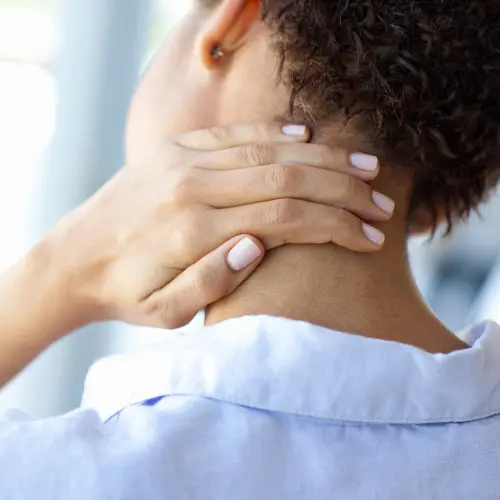After Nancy Cramer learned in 2015 that she had ankylosing spondylitis (AS), she joined a support group for people dealing with pain from different diseases. But Cramer, 48, soon quit the group out of a guilty sense that she didn’t quite belong.
“Oh, these people have worse pain,” Cramer, who lives in Roswell, GA, remembers thinking.
AS is an incurable, lifelong condition that in severe cases can make it hard for you to move and to breathe. But it often can be a disease that’s invisible to others. That’s why tapping into different types of support and tips can be an important tool for staying physically and emotionally healthy with AS.
Go Gentle
Even if you’ve had AS for a while, you might look and feel the same way as you always have. But your body needs an easy touch.
Physical therapy, massages, and other treatments my help as long as “you can find someone knowledgeable and gentle,” says James T. Rosenbaum, MD, chief of the division of Arthritis and Rheumatic Diseases at Oregon Health & Science University in Portland.
A soak in a hot tub may help, too, Rosenbaum says. So might acupuncture. But he cautions against chiropractic care. Too much neck manipulation for someone with a rigid spine may do harm, Rosenbaum says.
Time Your Treatment Right
The best time to get physical therapy is when your pain and inflammation is down, says Martin Langaas, a physical therapist in York, ME. It can be hard to get much relief from the treatment in the middle of an active flare-up.
Langaas is from Norway, where AS is much more common than in the U.S. Two of his family members have the disease. That’s one of the reasons he founded the Institute of Orthopaedic Manual Therapy in Woburn, MA. It focuses on muscular-skeletal therapy for joints and muscles.
For example, instead of a supervised exercise that’s common in physical therapy, an orthopaedic manual physical therapist might gently move your ribcage and the attached thoracic spine, which can get very stiff with AS.
Ask your doctor if this approach might be right for you. The American Academy of Orthopaedic Manual Physical Therapists has an online state-by-state directory.
Get Wise on Nutrition
A healthy diet can’t cure AS. But it can help ease your symptoms and make you feel better. And professional nutritional counseling can offer a hand with that.
“A big perk of going to see a dietitian is knowing that you are getting personalized plans for you and your own personal needs,” says Sarah Simental, a Los Angeles-based registered dietitian.
You can learn which foods may trigger your inflammation. A dietitian could guide you with an elimination diet, where you keep a food journal to track how what you eat affects your body.
Note that a registered dietitian (RD) or registered dietitian nutritionist (RDN) are accredited professionals with specialized training. Nutritionists, on the other hand, may or may not be required to hold a license.
Connect With a Support Group
Some people with AS and a related condition called non-radiographic axial spondyloarthritis (nr-axSpA) can look healthy on the outside. Rosenbaum says people with nr-axSpA can find it extra hard to feel validated because the damage in their joints doesn't show up on X-rays (that’s why it’s called “non-radiographic”) or any other scans.
But connecting with people who understand what you’re going through is an important part of staying well, Rosenbaum says. “Most of us need feedback and support from the village.”
The Spondylitis Association of America lists more specialized support groups across the U.S., along with advice on how to start your own group.
Use Your Own Wisdom
Living with AS means listening to your body and knowing when and what it can manage.
For example, Cramer says she may feel like she can handle exercise while she’s doing it. But she may realize only too late that she’d overdone it.
“You’re fine until you’re not,” she says.
The sudden shift in your condition can confuse people, Cramer says.
They might wonder, "You just brought all the groceries in, or you just took a 2-mile walk, and you can’t mop the floor?’”
Cramer’s advice: Give yourself a pass and know your body.
Don’t Stop Moving
When it comes to AS and movement, it’s use it or lose it.
”Stay as active as you can,” Rosenbaum says. “If you don’t move your back and use your neck, you will lose mobility.”
Rosenbaum says you should “do what feels good,” but to stop right away if it hurts or causes you pain later.
Cramer knows firsthand how to strike the fine balance between when to be on the go and when to sit it out.
Once, her family planned a trip to go white water rafting. Cramer was determined not to “let this [AS] ruin my life or stop me.”
Later, Cramer admitted to herself that a white-knuckle sport probably was too much. “So I ended up paying for the two of my boys to go,” she says.

